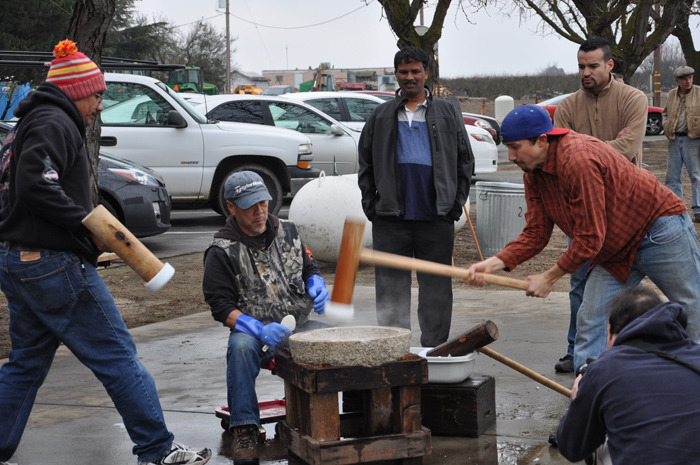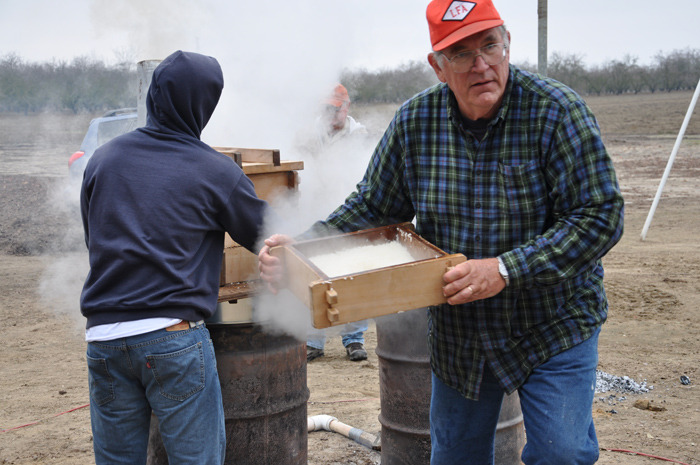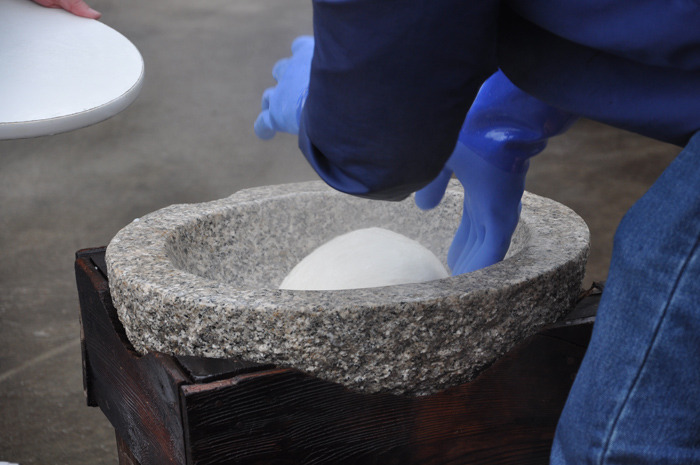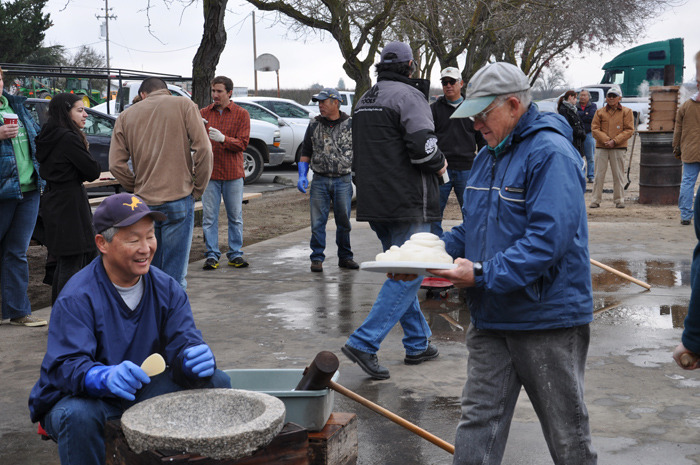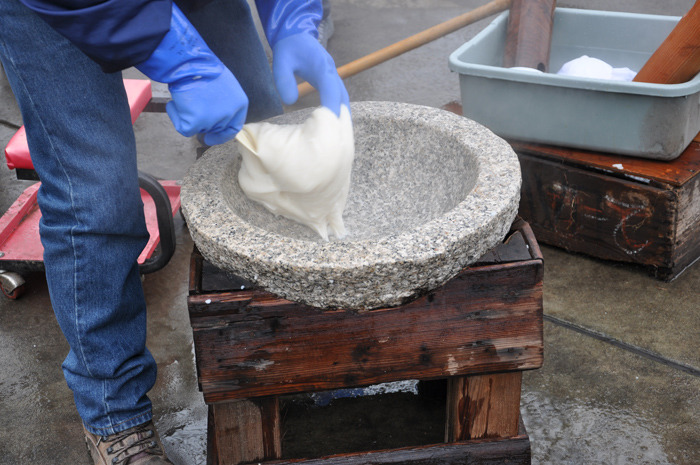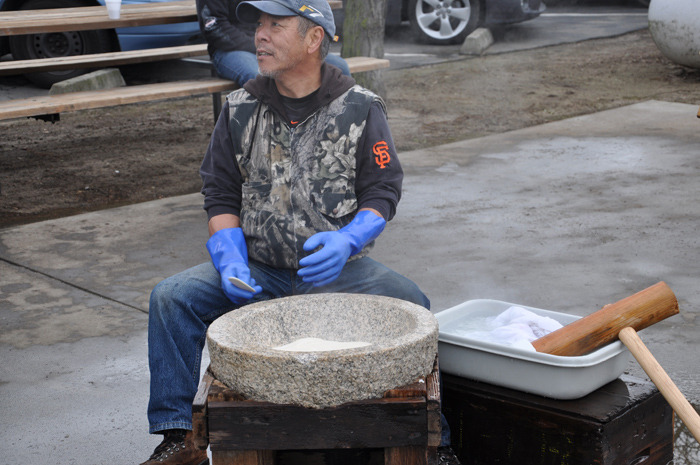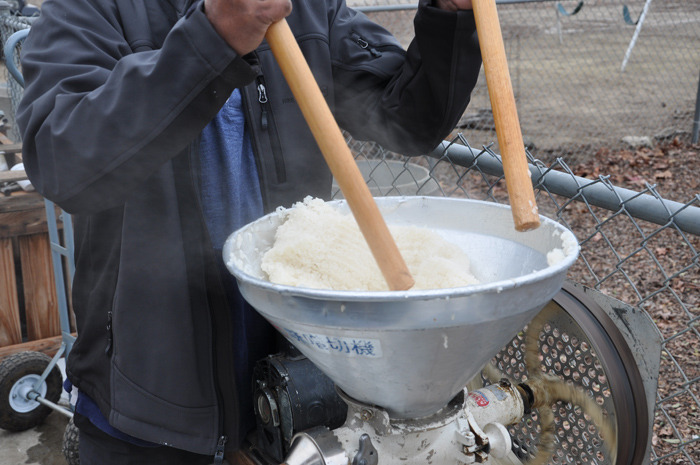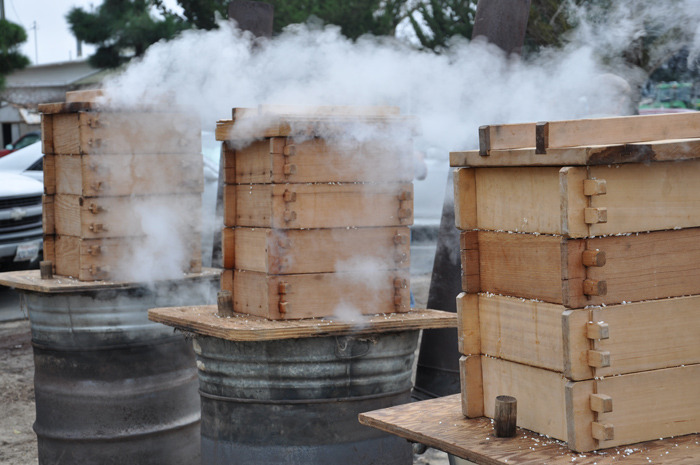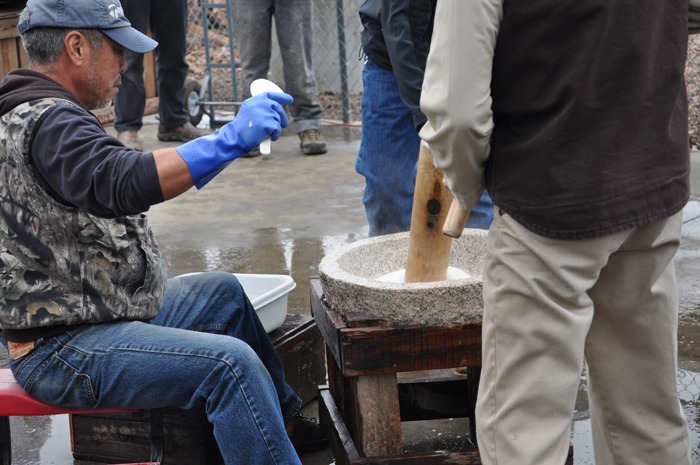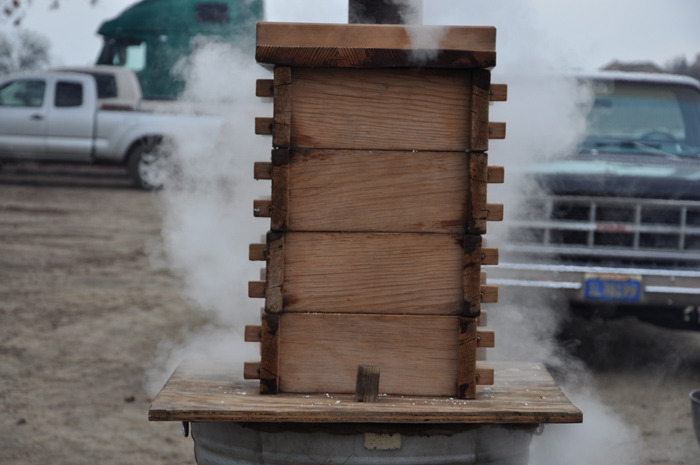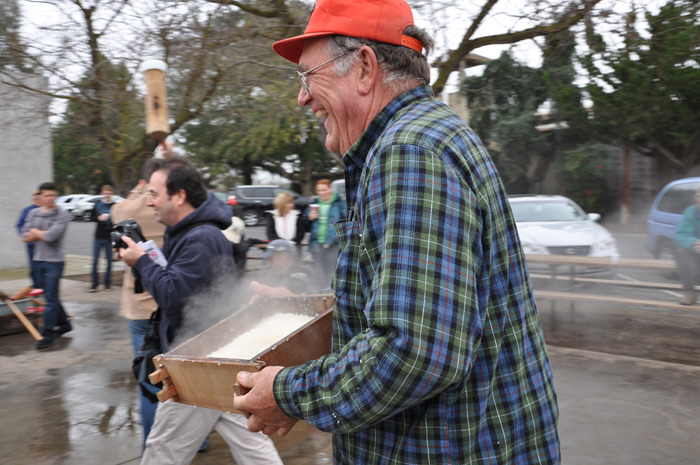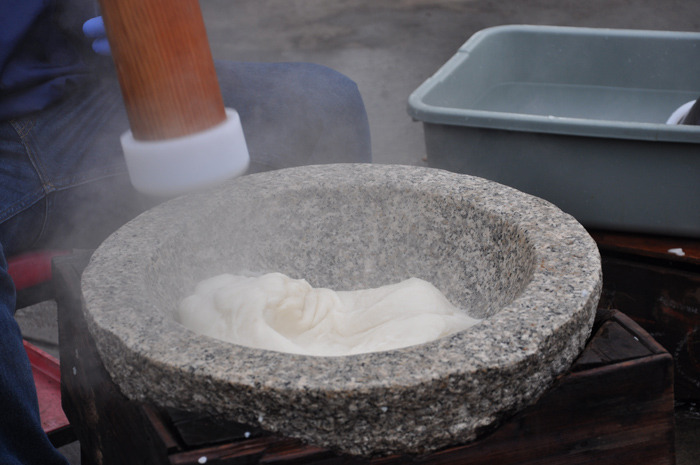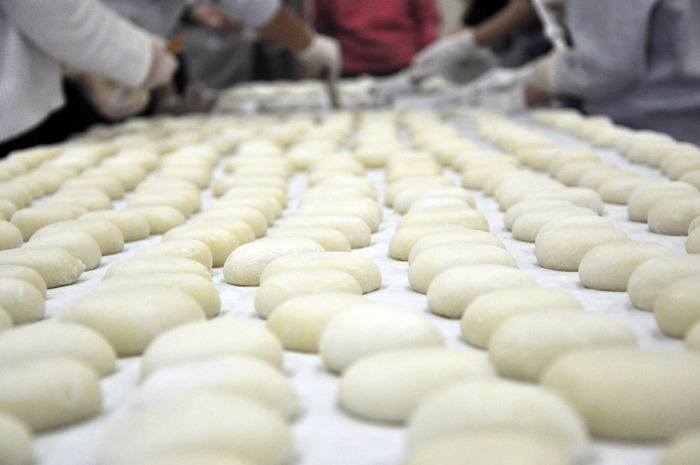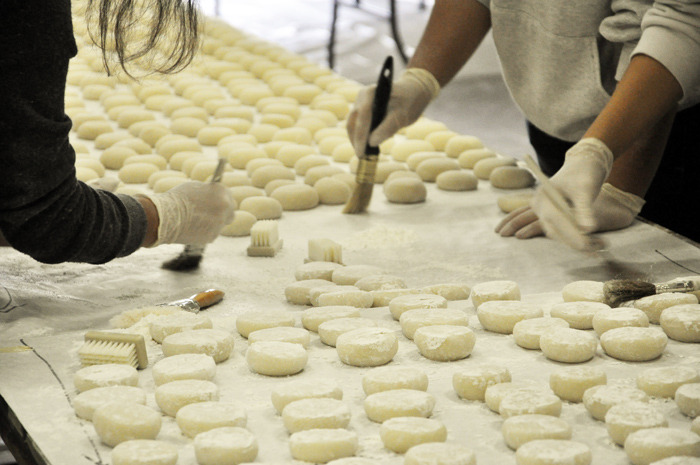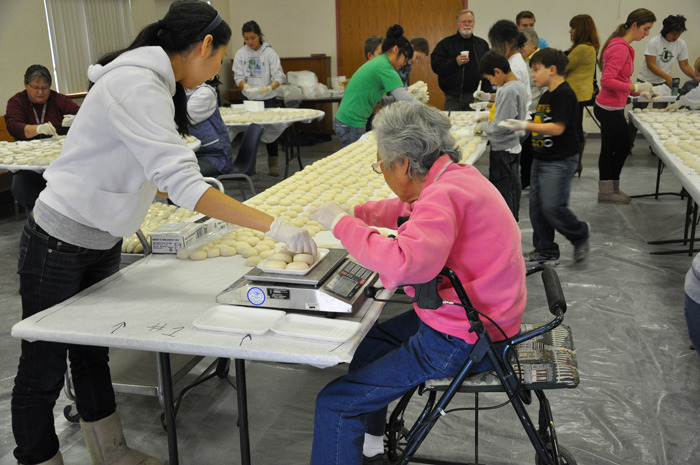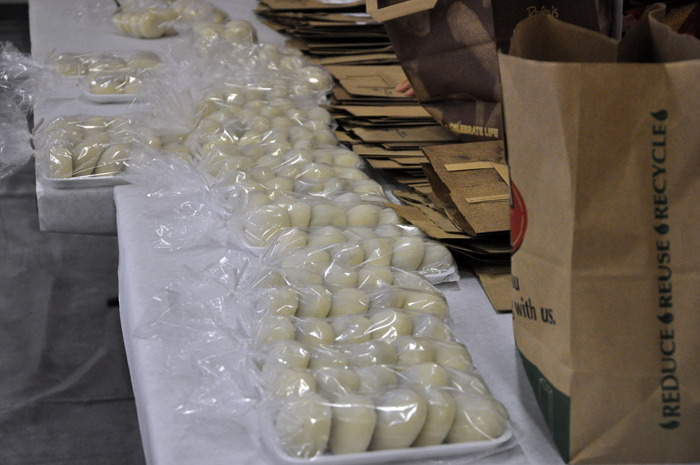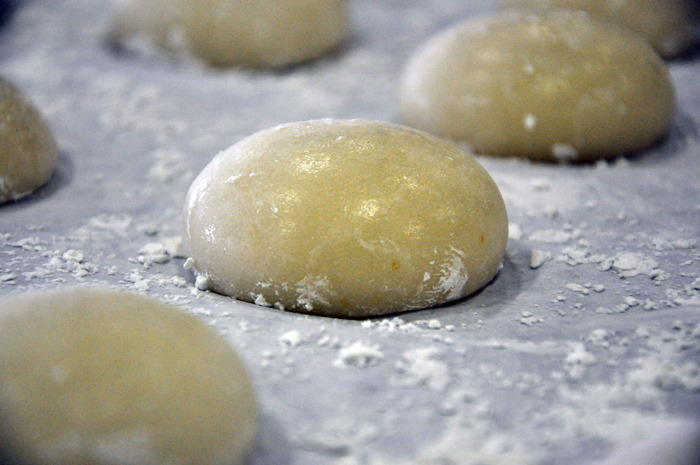our favorite finds from the front lines of food
Would make a great fitness class: High Speed Mochi (link to video) (Laughing Sqiud)
Buy some vegetables already. For some growers, farmers markets just aren’t what they used to be. "The decline in sales is, arguably, one result of the contemporary farmers market, which has evolved to meet the needs of a new generation of shoppers who view these outdoor markets as more a lifestyle choice than an opportunity to support local agriculture." More sophisticating marketing can help: "But market managers say farmers must also help themselves if they want to survive and thrive in this new era. It’s not enough to simply show up at a market and expect consumers to buy all your gorgeous, freshly harvested stone fruits and greens. Farmers must be attuned to consumer demand and be better marketers and shopkeepers, even at their makeshift outdoor stands." (Washington Post)
There is always room for compassion, and another bakery: Syria’s Beloved Sweet Shops Follow Its Refugees Into Exile "Civil war has scattered Syria’s bakers, pastry chefs, and restaurateurs. For the foodies—and children—in their new communities, it’s a tasty turn of events." (National Geographic)
We're not generally fond of "food as medicine" headlines, but we do love our seaweed. Seaweed Could Help Fight Food Allergies (Food & Wine)
The New York Times is barely dipping its toe in here, but the further we get from the "farmed = bad, wild = good" trap the better. Farming for Fish As leading chefs are turning away from the sea and toward sustainable hatcheries, it seems we’ve just begun to skim the surface of aquaculture (New York Times)
A great new food site for the breakfast obsessed — Extra Crispy with some really fine personal essays like: Soup is the Breakfast of Kings
The future is in the works, with both rising interest in sustainable food and domestic production in China: International hotel chain starts serving 'low carbon' Chinese salmon (Seafood Source)

